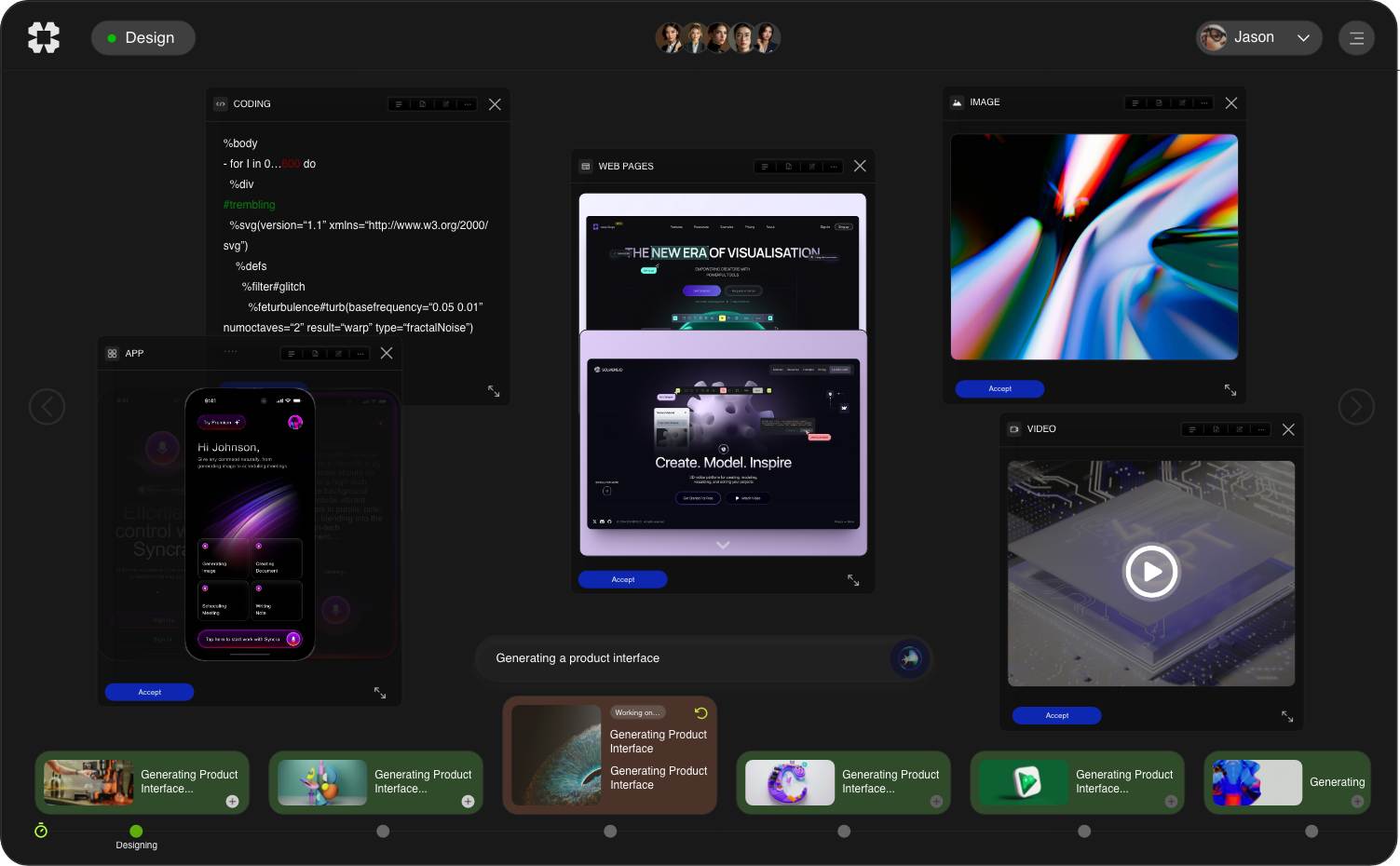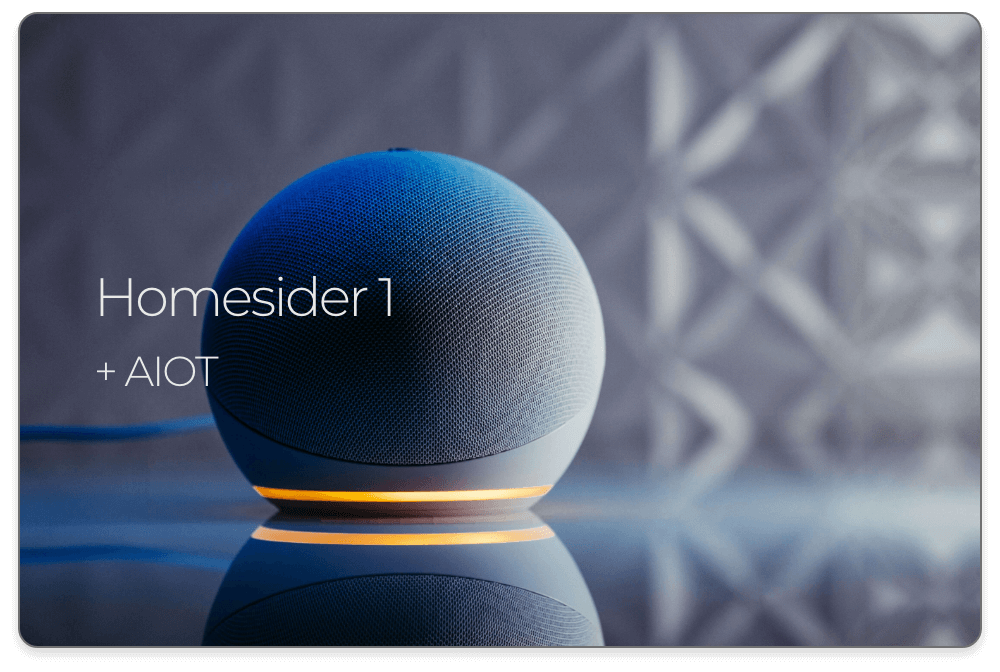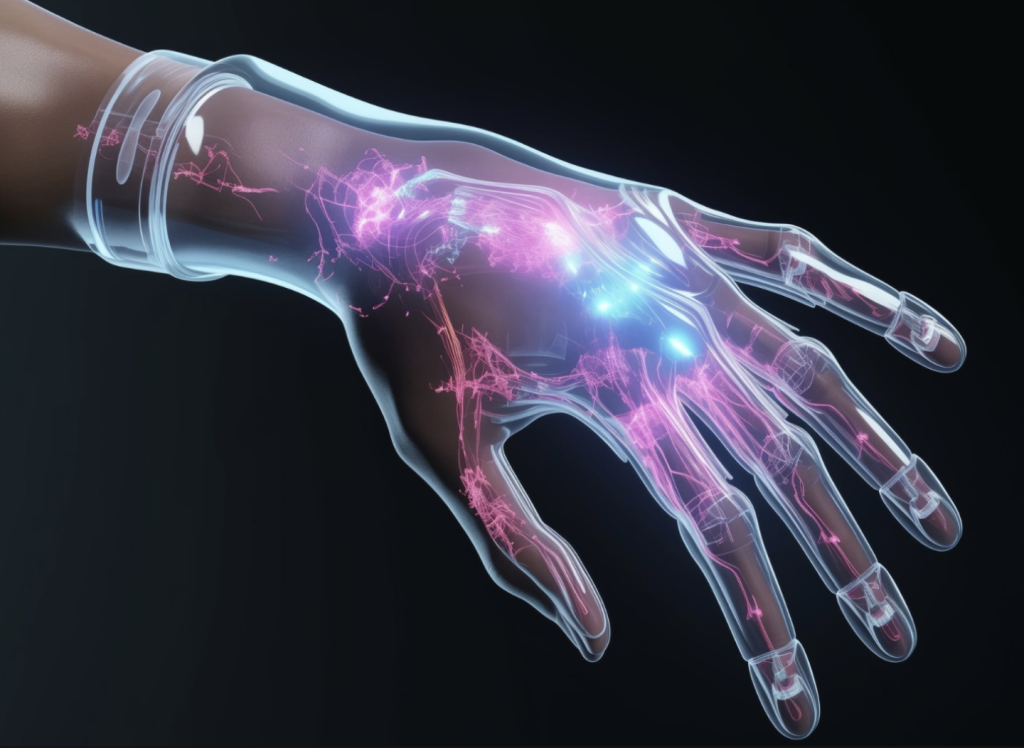In recent years, the field of predictive analytics has seen a massive revolution thanks to advancements in artificial intelligence (AI). Organizations are beginning to understand the potential of AI-driven predictive analytics in streamlining operations, enhancing decision-making, and driving business growth. This article will explore the latest trends, applications, and solutions provided by AI in predictive analytics, with a specific focus on its implications for predictive forecasting.
.
### Understanding Predictive Analytics
Predictive analytics involves using historical data, statistical algorithms, and machine learning techniques to identify the likelihood of future outcomes. By leveraging data, organizations can make more informed decisions about various aspects of their operations, from inventory management to customer relationship strategies. AI enhances this process considerably by harnessing large datasets more efficiently and accurately than traditional methods.
.
### The Role of AI in Predictive Forecasting
When it comes to predictive forecasting, AI acts as a catalyst. Traditional forecasting methods often rely on linear models that may not capture the complexity of real-world trends. In contrast, AI algorithms can analyze vast amounts of data in real-time and identify intricate patterns that were previously imperceptible. This capability leads to improved accuracy and effectiveness in forecasting.
.
Recent advancements in deep learning, a subset of AI, have exponentially increased the potential of predictive analytics. Deep learning models can process unstructured data such as images, text, or audio, allowing companies to harness insights from diverse sources. For instance, retail companies can analyze social media sentiment and consumer behavior trends to predict what products will be in demand during upcoming seasons.
.
### Industry Applications of AI in Predictive Analytics
1. **Retail Industry**: In the retail sector, AI-driven predictive analytics is transforming inventory management and consumer engagement. Tools like OpenAI’s GPT-3 can analyze customer feedback and public sentiments to forecast product demand. Retailers can optimize stock levels, preventing both overstock and stockouts, while also tailoring marketing strategies based on predicted consumer preferences.
.
2. **Healthcare Sector**: The healthcare industry has much to gain from predictive analytics powered by AI. Predictive models can analyze patient records and historical data to forecast potential health risks, enabling more proactive patient care. For example, AI tools can predict patient readmission rates or the likelihood of developing specific conditions, allowing healthcare providers to intervene early.
.
3. **Financial Services**: Banks and financial institutions are increasingly employing AI-driven predictive analytics for risk management, fraud detection, and investment forecasting. Algorithms can dissect transaction patterns to foresee fraudulent behavior before it escalates. Furthermore, predictive forecasting can guide investment strategies by analyzing market trends and consumer behaviors.
.
### Technical Insights: Algorithms and Tools
AI in predictive analytics employs various algorithms and tools, enhancing how data is processed and analyzed.
.
1. **Machine Learning Models**: Algorithms such as decision trees, random forests, and neural networks are often utilized in predictive analytics. These models adapt and improve over time with more data input, enabling greater precision.
.
2. **Natural Language Processing (NLP)**: With capabilities such as those provided by OpenAI, NLP allows organizations to understand customer sentiments and opinions expressed in text formats. Businesses can analyze large datasets from reviews, social media, and other text sources to drive decisions based on consumer emotions.
.
3. **Automation Tools**: Automation is a critical element in predictive analytics. Tools that integrate machine learning capabilities streamline data collection, cleansing, and analysis, allowing organizations to remove manual bottlenecks and focus on actionable insights.
.
### Challenges and Solutions
While the prospects of AI in predictive analytics are promising, several challenges must be addressed to fully realize its potential.
.
1. **Data Quality and Accessibility**: High-quality data is foundational for effective predictive analytics. Organizations often struggle with data silos and accessibility issues. Solutions such as data governance frameworks and centralized data repositories can help ensure data integrity and availability.
.
2. **Model Interpretability**: Many AI models, especially deep learning, operate as ‘black boxes,’ making it challenging to understand their decision-making processes. This can hinder trust and adoption. Implementing explainable AI systems can help clarify model outputs, thus enhancing transparency.
.
3. **Talent Gap**: The demand for skilled professionals in AI and data science exceeds supply. Upskilling existing staff and collaborating with academic institutions can help bridge this gap, ensuring organizations have the expertise needed to leverage AI effectively.
.
### OpenAI’s Contribution to Predictive Analytics
OpenAI has emerged as a significant player in the AI landscape, offering tools like ChatGPT and Codex that enhance predictive analytics. Their commitment to responsible AI development also ensures that ethical considerations are woven into the fabric of AI applications.
.
OpenAI’s language models can enhance predictive analytics by allowing organizations to generate narratives from data, making insights more accessible and actionable. For instance, financial analysts can use OpenAI tools to summarize market conditions or customer behaviors based on data analysis, leading to better-informed strategies.
.
### Real-World Use Cases
Several organizations have successfully implemented AI-driven predictive analytics to make substantial gains.
.
– **Walmart**: The retail giant leverages predictive analytics to optimize inventory management. By analyzing previous sales data and trends, Walmart can adjust its stock levels, ensuring products are available when customers want them, which has dramatically improved their depletion rates and customer satisfaction.
.
– **UnitedHealth Group**: This major healthcare provider employs predictive analytics to identify high-risk patients using historical health data. Their predictive models allow for targeted interventions that lead to better patient outcomes and reduced costs.
.
– **Capital One**: This bank uses predictive analytics for hiring and consumer lending decisions. Their system predicts the likelihood of loan default using extensive data analysis, reducing risk significantly while also ensuring compliance with regulations.
.
### The Future of AI in Predictive Analytics
Looking ahead, the fusion of AI and predictive analytics will likely become more sophisticated. Innovations such as quantum computing promise to revolutionize data processing capabilities, amplifying the potential of predictive analytics. Furthermore, with growing awareness on ethical AI, organizations are expected to invest in robust frameworks for responsible AI use, balancing technological advancement with social responsibility.
.
As businesses continue to embrace AI in predictive analytics, those who adapt and implement these technologies will be equipped to thrive in an increasingly competitive landscape. With organizations like OpenAI at the forefront of these developments, the stage is set for a future where predictive analytics is not just a tool but a critical component of strategic decision-making.
.
In conclusion, AI in predictive analytics is no longer just a buzzword—it’s a transformative force shaping industries, driving efficiencies, and fueling innovations. For organizations willing to invest in these technologies, the journey toward unrivaled insights and enhanced decision-making has just begun.
**References:**
1. Galit Shmueli, “Predictive Analytics: Statistical Models and Data Mining Techniques,” Wiley, 2010.
2. OpenAI, “AI and Data Analytics: Optimizing Decision-Making,” [OpenAI Website](https://www.openai.com).
3. “Predictive Analytics and its Impact on Business: A Study,” McKinsey & Company, 2023.
4. “Transforming Healthcare through Data Science,” UnitedHealth Group Blog, 2023.
This comprehensive exploration serves as a window into the promising intersection of AI and predictive analytics, revealing both its current landscape and future potential across industries.

























